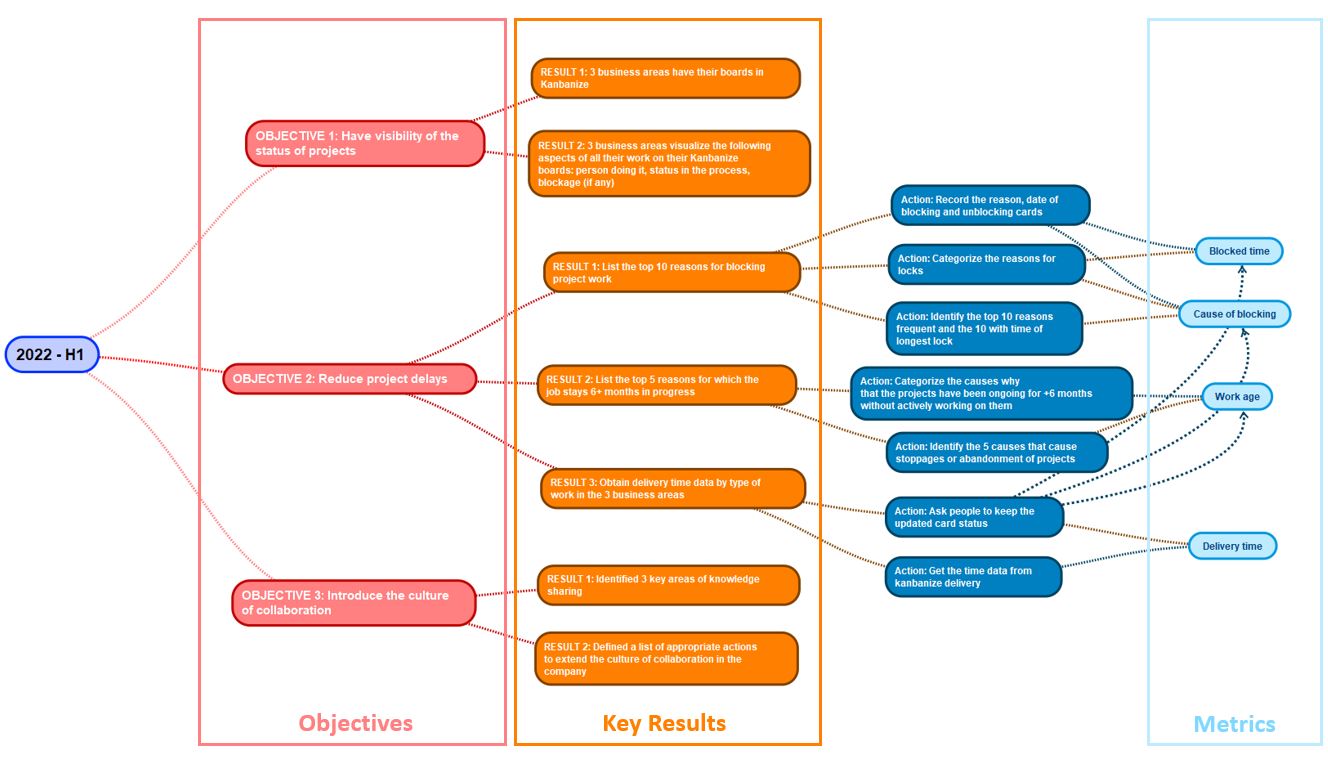
Metrics, KPIs, OKR, what do we really need?
(A true story; the names of the woman and the company are changed). Ana is the PMO director at Compagil

(A true story; the names of the woman and the company are changed). Ana is the PMO director at Compagil
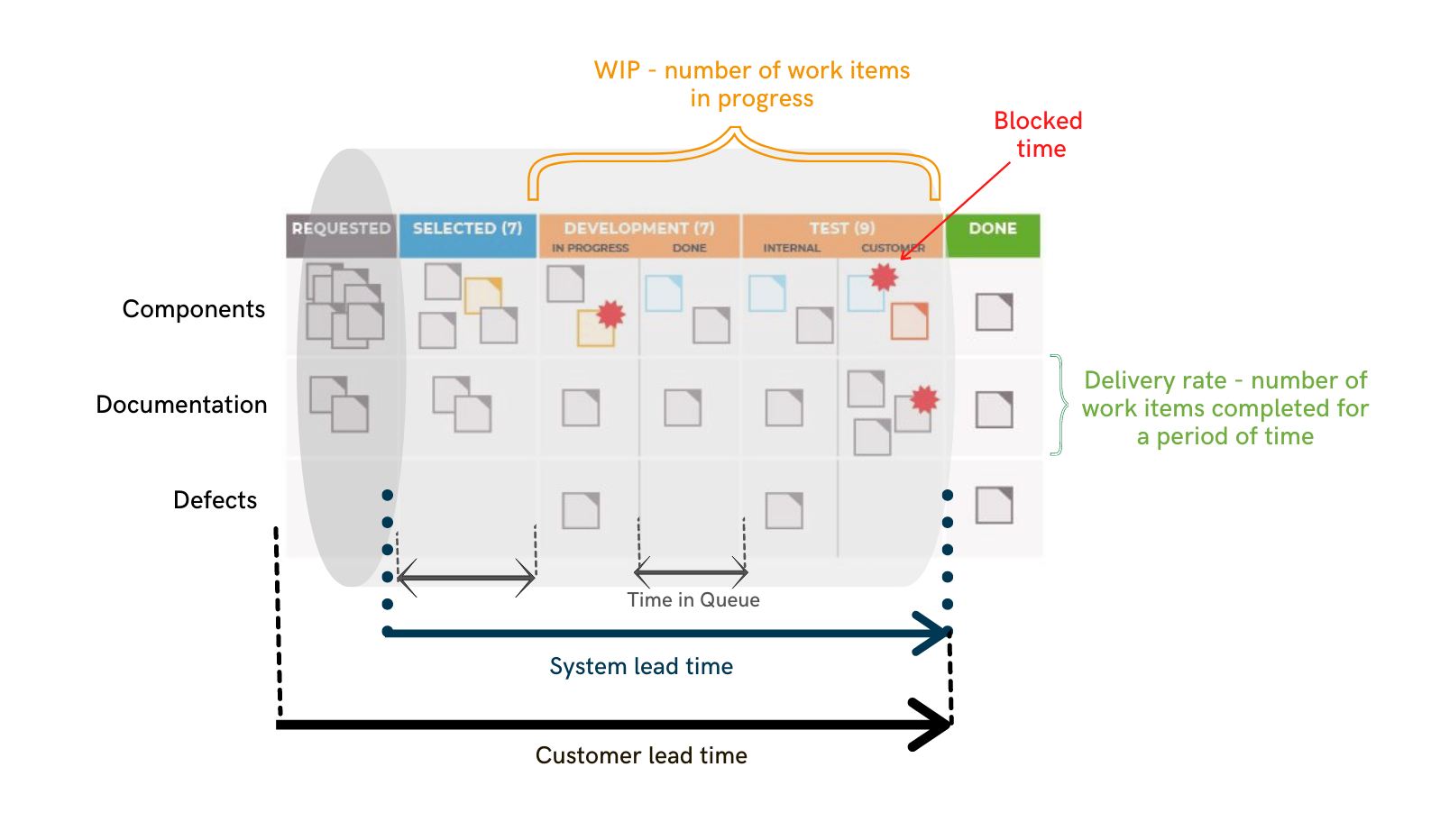
How long does it take to drive from your home to your office? It takes me about 15 min. If
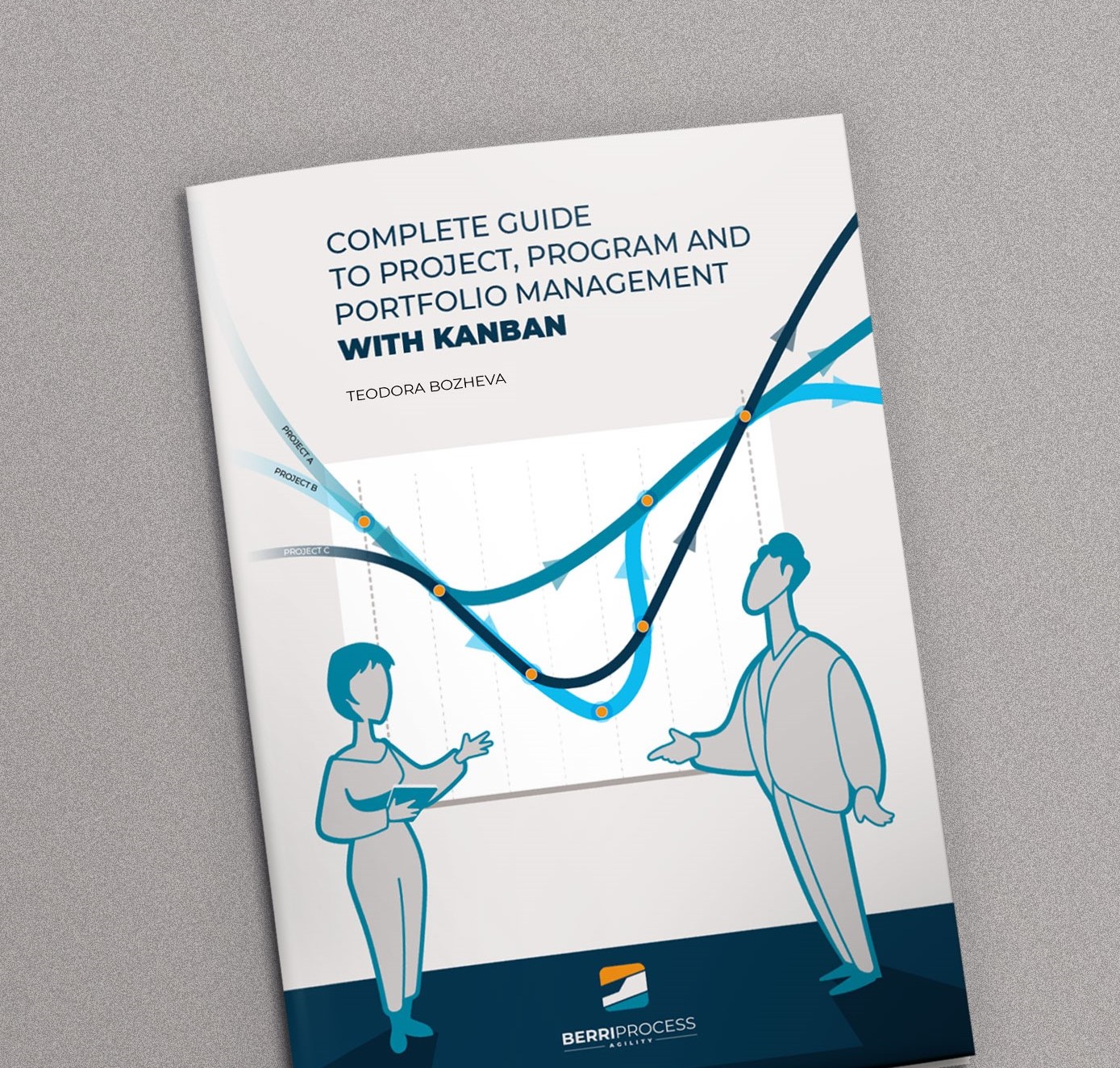
Download this complete guide to project, program and portfolio management with Kanban written by Teodora Bozheva. After 8 years implementing
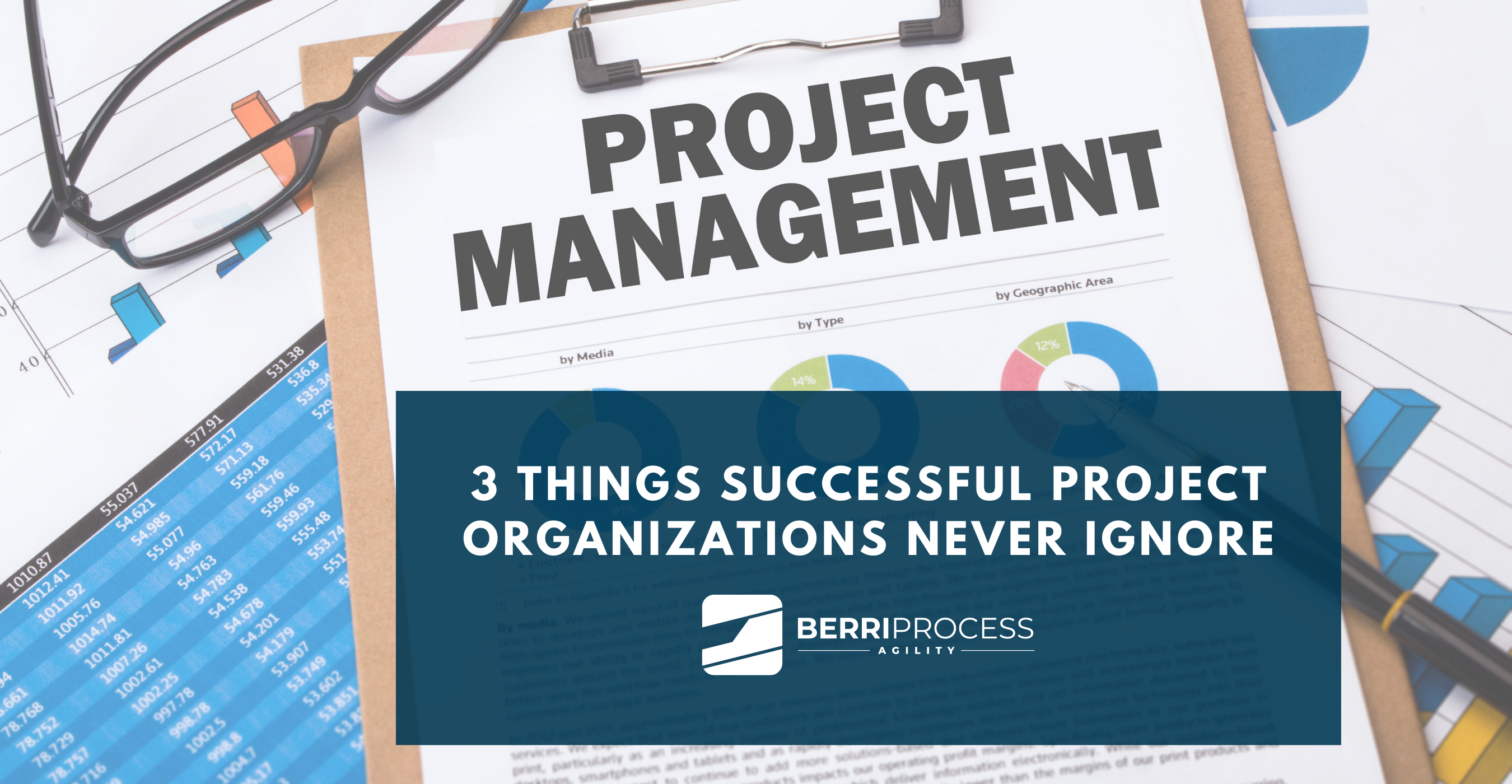
Many things changed in 2020 and I, logically, companies need to boost their growth by launching new products and services

Project management is challenging because it requires keeping an eye on and taking fast decisions about many aspects of your
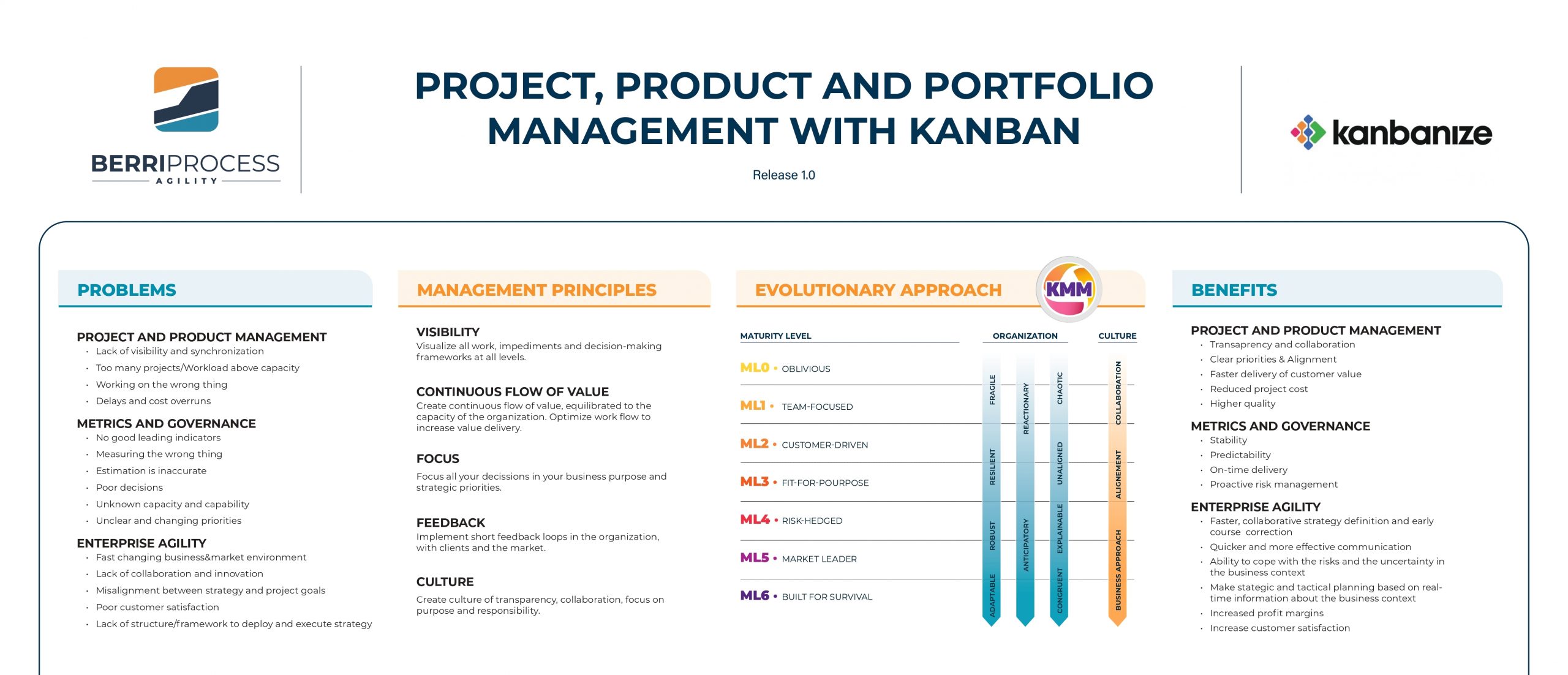
Nowadays nobody doubts that adopting an agile approach to project management is the only way to survive and thrive. In



“It is crucial for us to complete our project milestones. We cannot afford any delay. We must have our projects
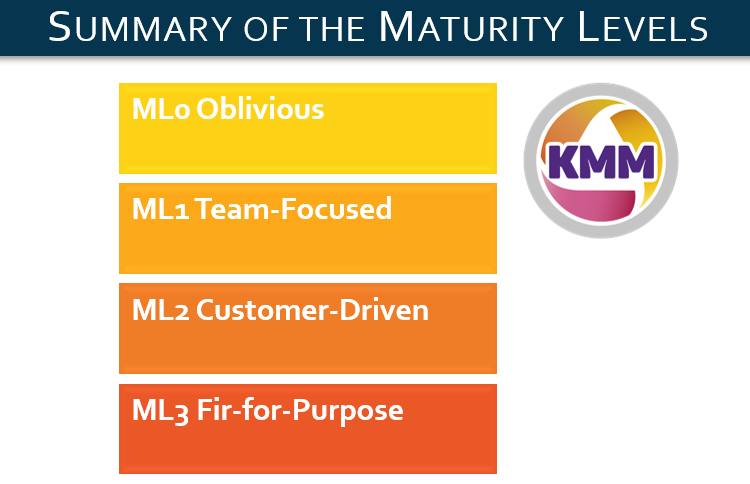

I am sure you have heard of the Kanban Maturity Model, also known as KMM, but if you do not
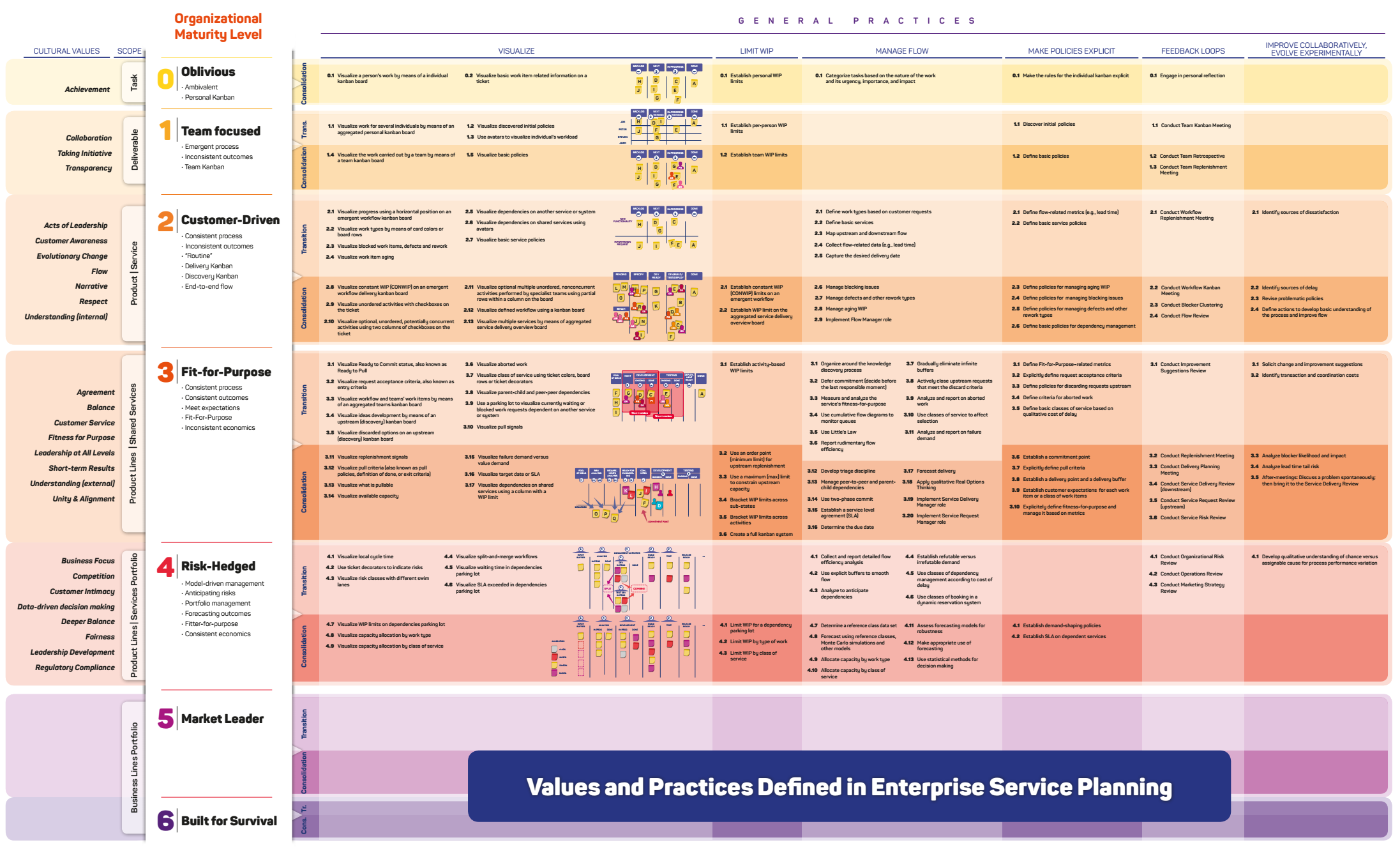

Developing the desired culture of your company and achieving greater business outcomes requires actions, effective actions. Therefore, we lead organizational change with values and
By subscribing to Berriprocess Agility's newsletter you agree to receive periodic emails, promotions and the latest news so you don't miss anything. You can unsubscribe any time.